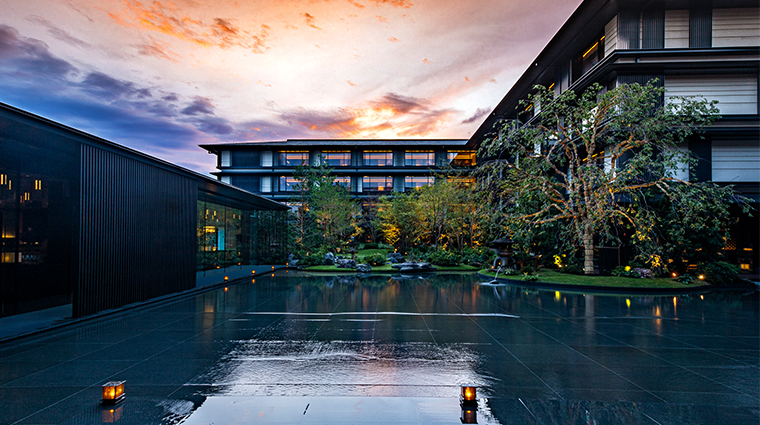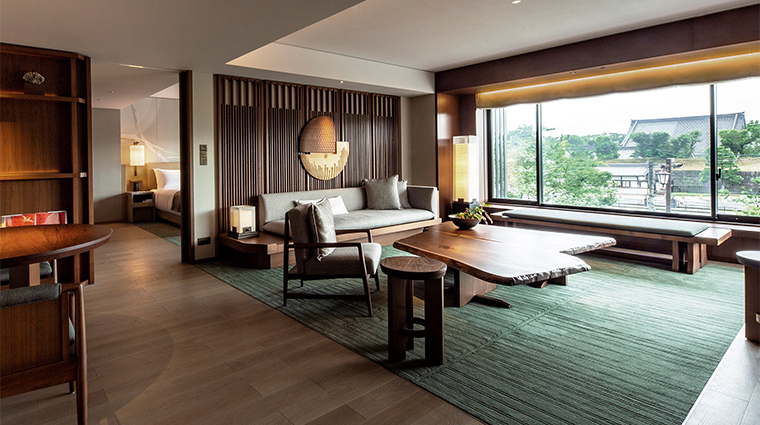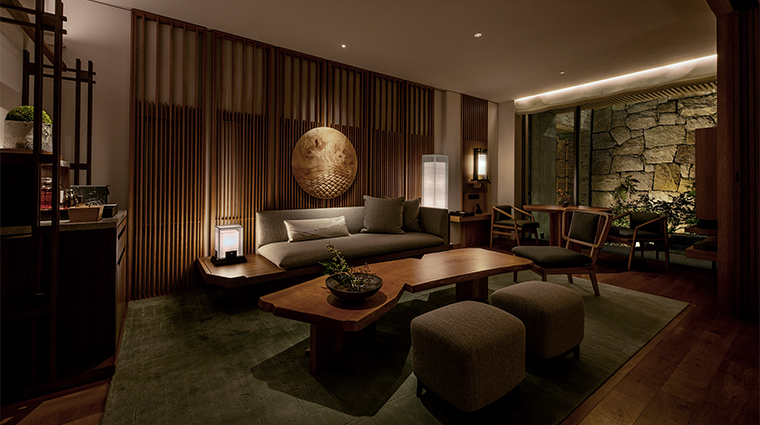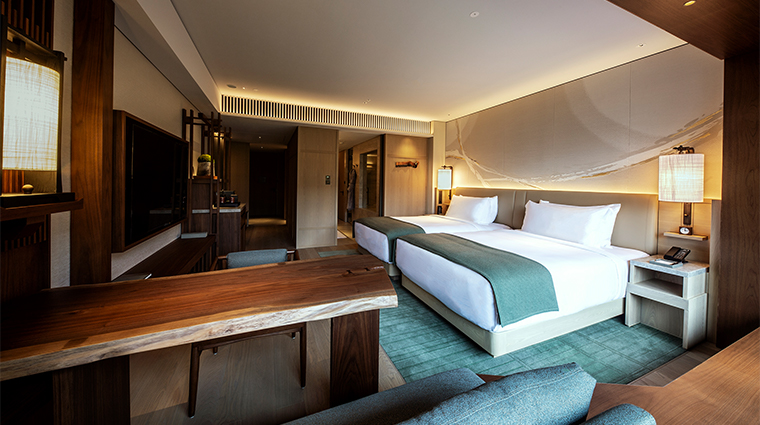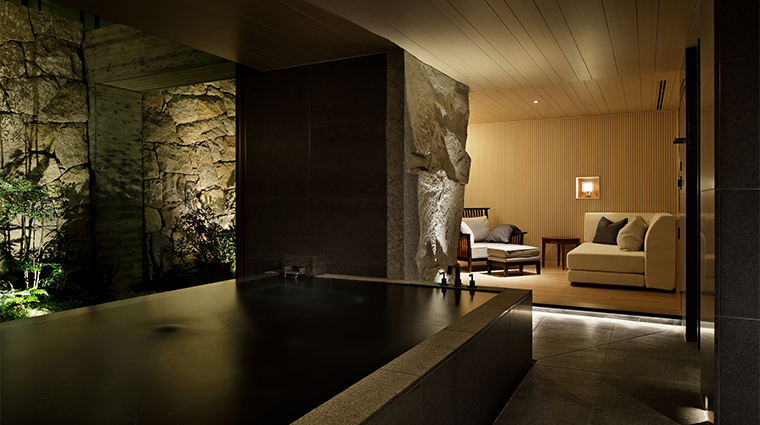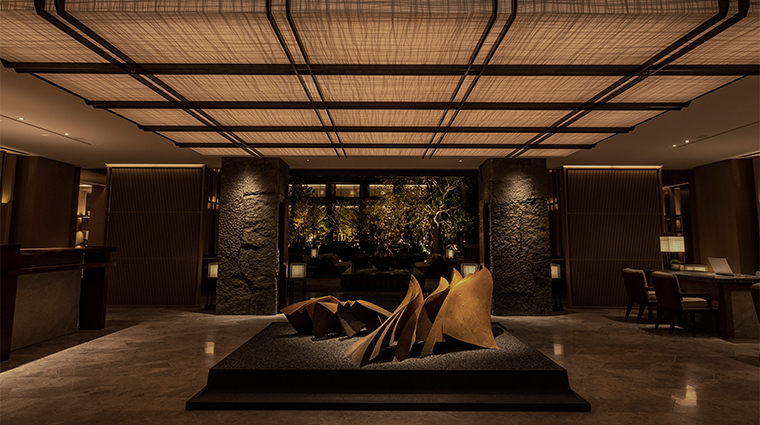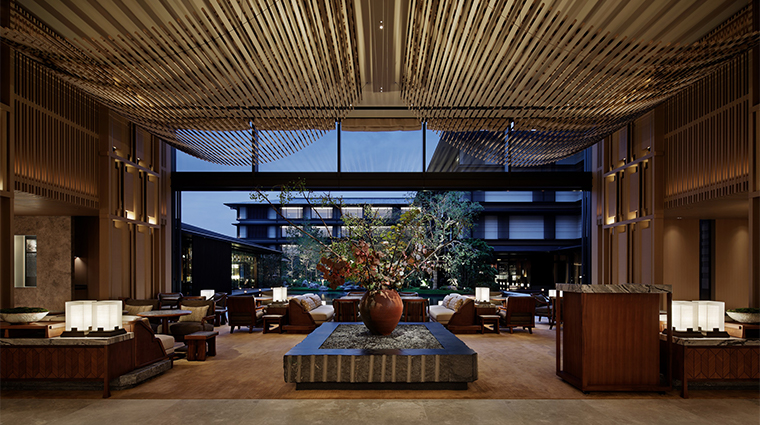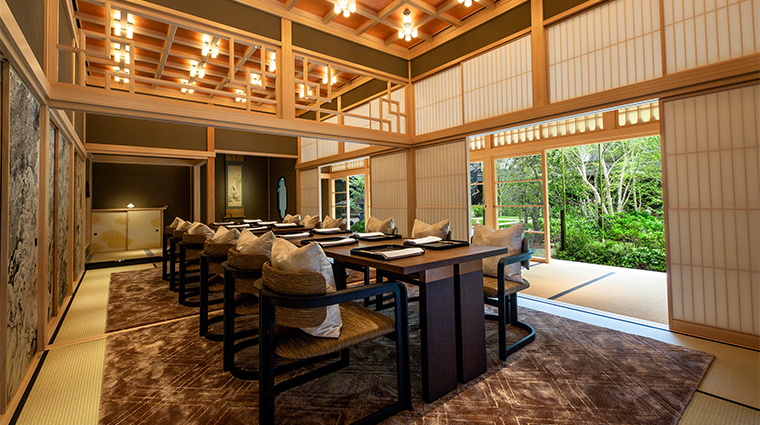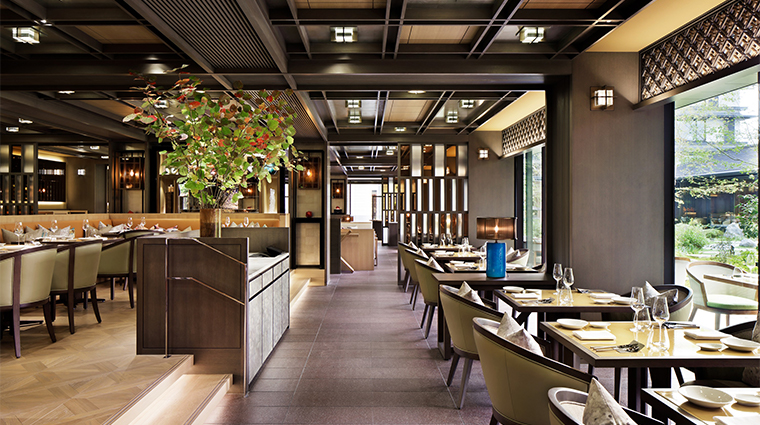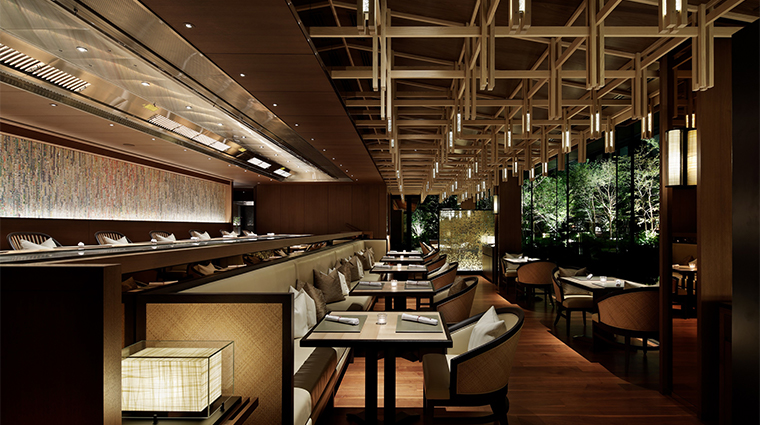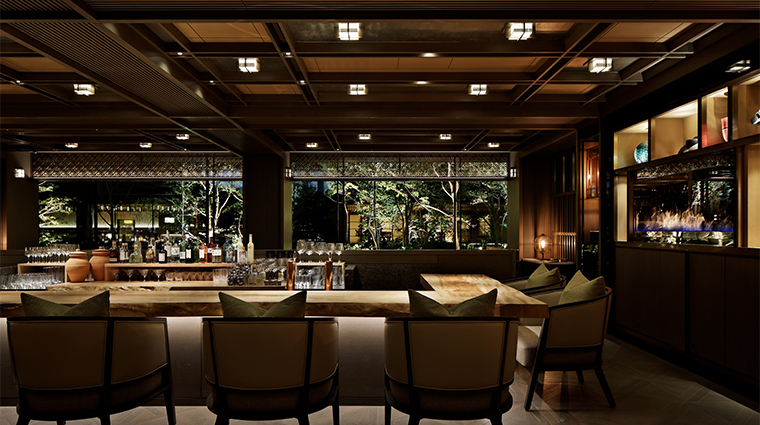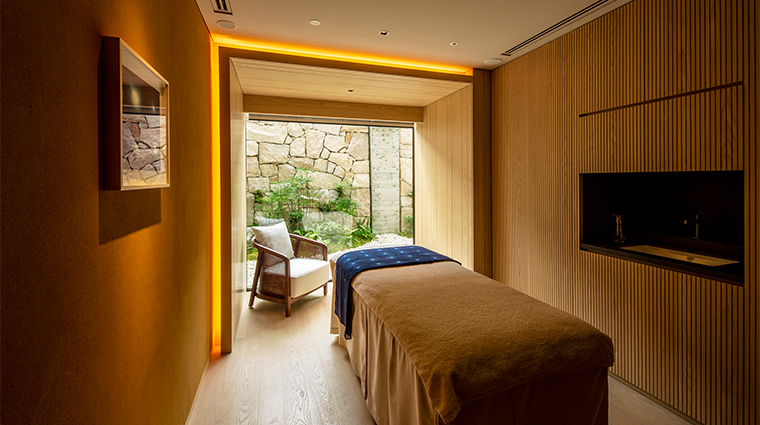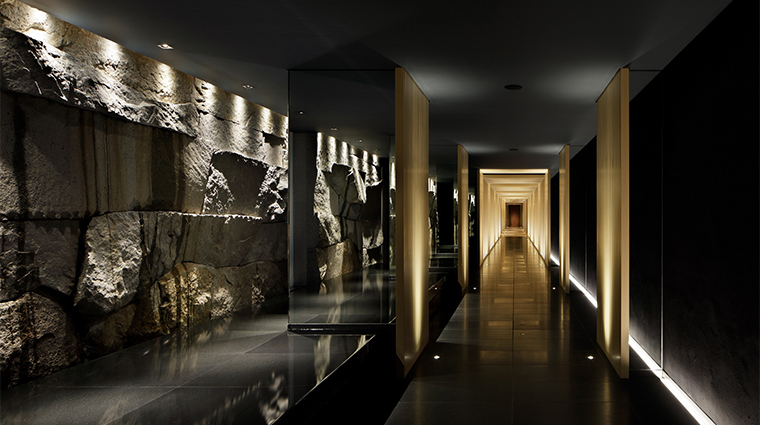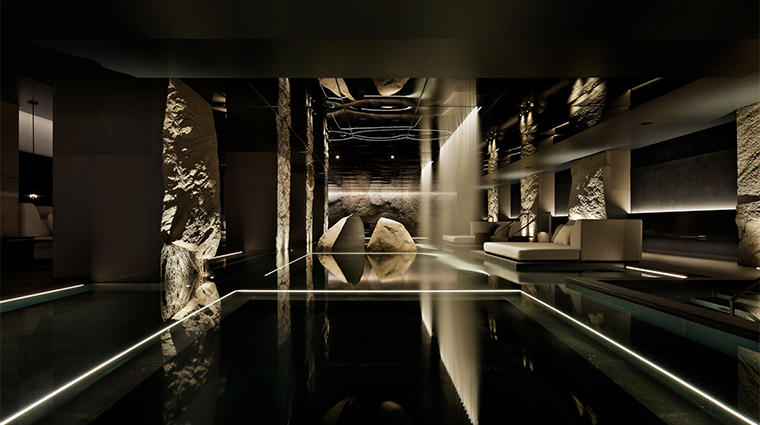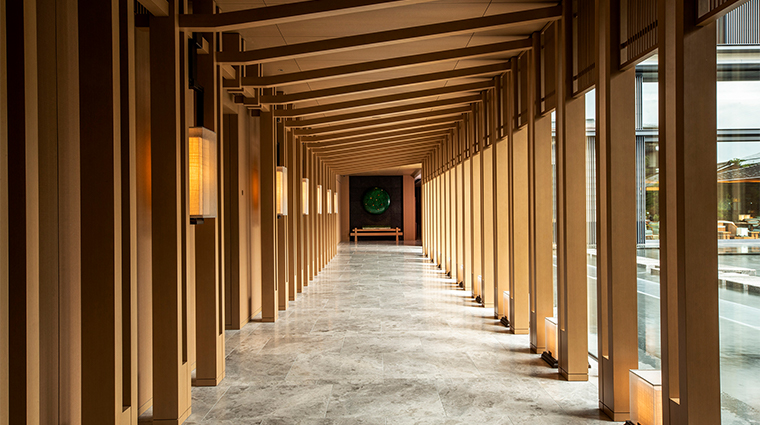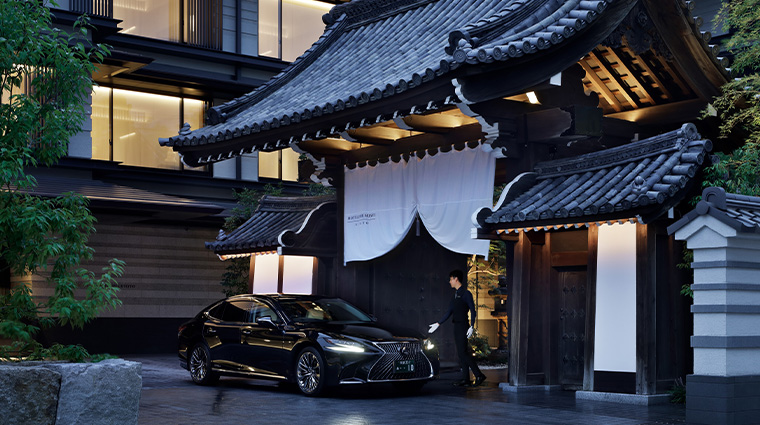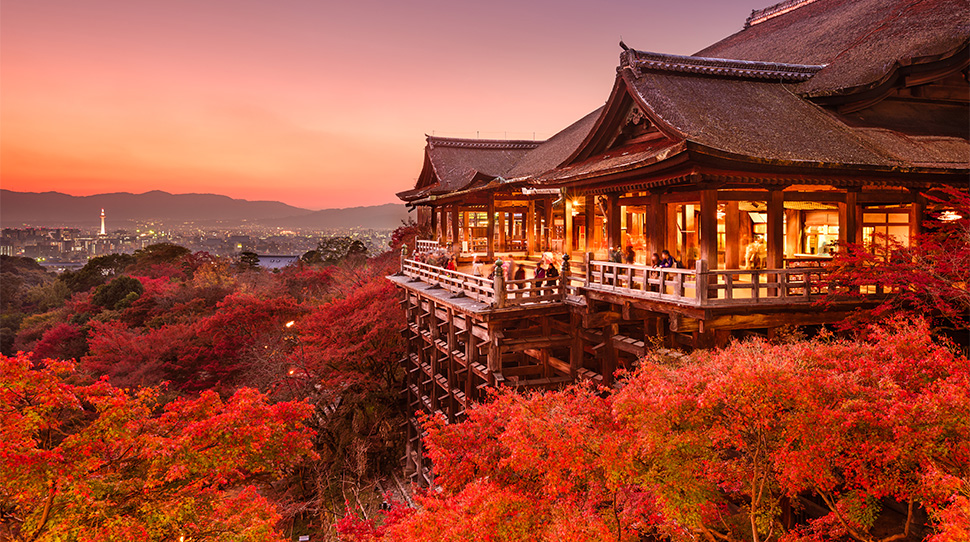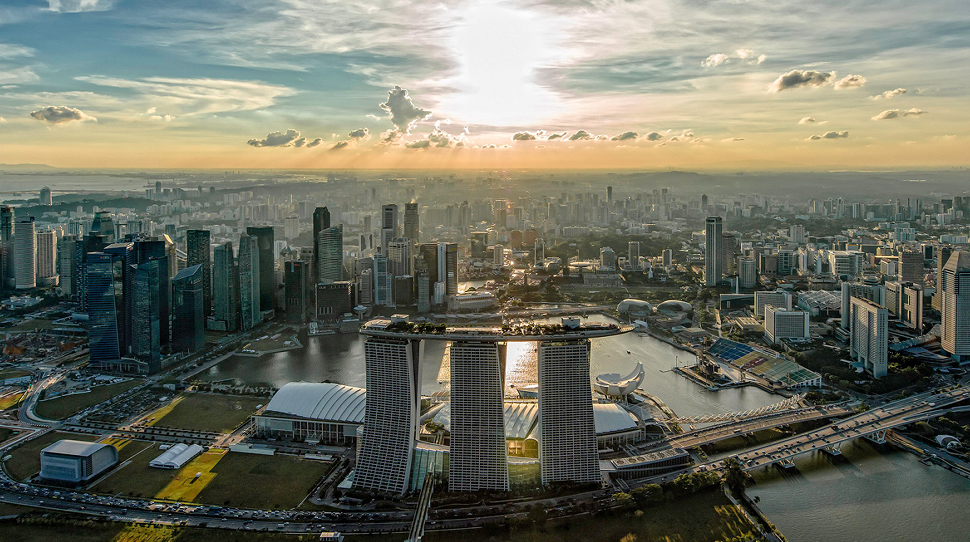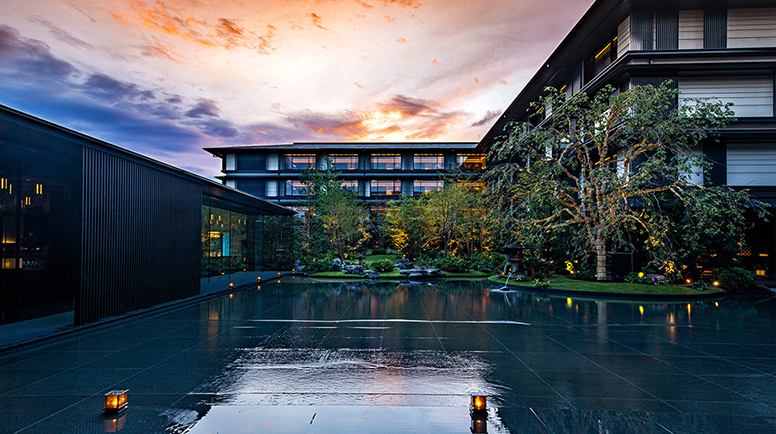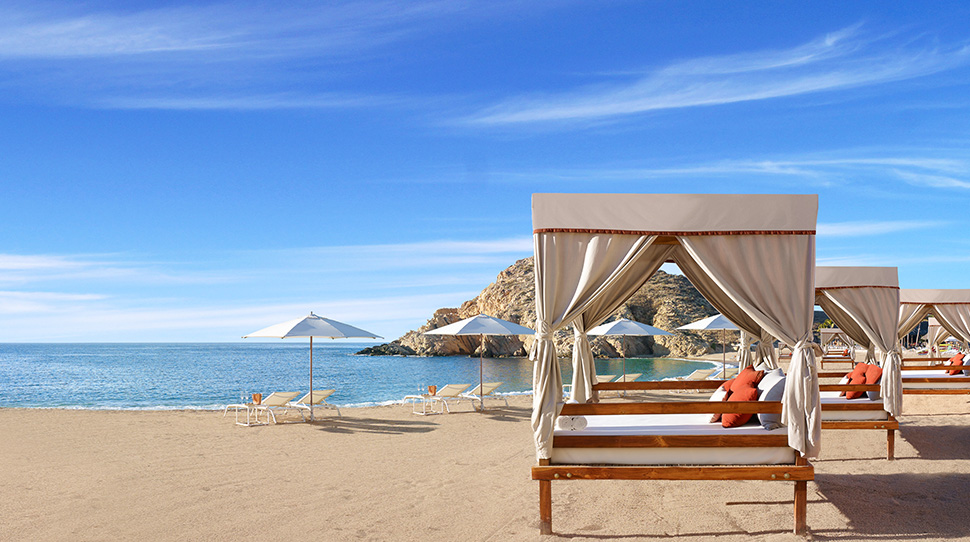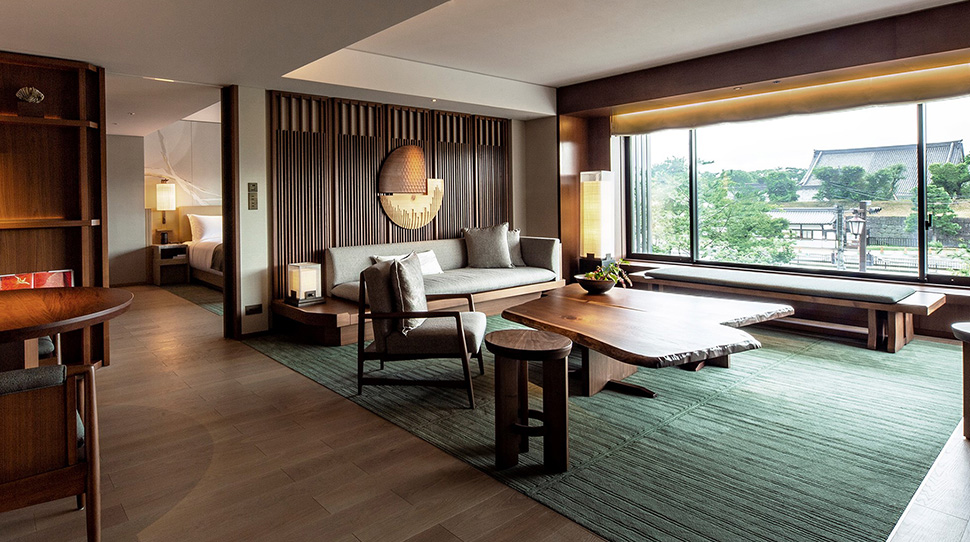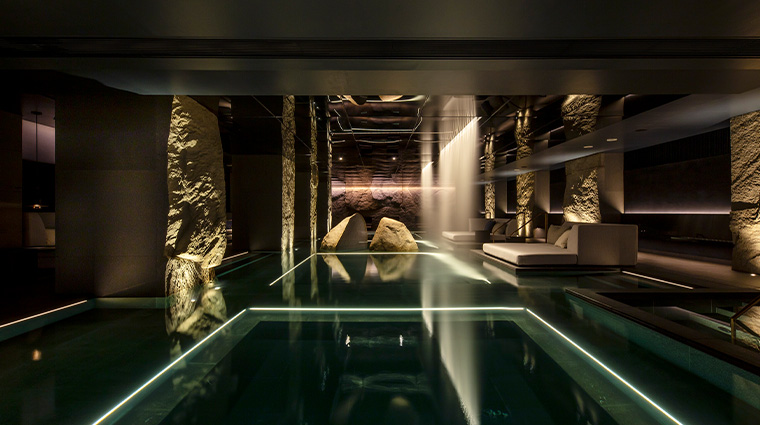HOTEL THE MITSUI KYOTO, A Luxury Collection Hotel & Spa
Modern, understated elegance and a rich history are meticulously combined at HOTEL THE MITSUI KYOTO. Situated in Kyoto, the country’s imperial capital of Japan for a millennium and the birthplace of so much of Japanese culture from sadō ("the way of tea") to the lovingly precise calligraphy, MITSUI warrants its place in the aristocratic history of the family whose name it bears. It serves as the Japanese clan’s flagship hotel after centuries as its home. Across from 17th-century Nijo Castle — the closest of the many UNESCO World Heritage Sites found in the city — MITSUI offers calming and soul-refreshing stays both for those looking to recharge and for those wanting to make easy jaunts into the celebrated city.
Fully restored and updated in exacting detail, the hotel is built surrounding a central courtyard whose peaceful, weeping-cherry-tree-focused garden and shallow, still pond provide a natural, simple point that centers the grounds. Its 161 rooms and suites, three restaurants, spa and onsen are thoughtfully and discreetly looked after by a suit- and kimono-dressed staff always agreeably on hand with any needed top-tier amenities.
The Mitsui family’s flagship hotel is the work of four renowned and consistently impeccable architects and designers: André Fu oversaw the lobby and guest rooms, Shunsaku Miyagi designed the landscape, Yohei Akao took on the spa and restaurants (each has its own cuisine and ambiance) and Akira Kuryu acted as the master design adviser.
No detail has been left to chance, with other artists, such as kimono designer Jotaro Seito, brought in to manufacture silk headboard panels that evoke Kyoto's past. Taken together, the décor is Japanese modernist, but its feel throughout is inviting, warm and even seductive, with an aesthetic that emulates the serene spaces of a traditional Japanese tea house, the bamboo forest behind the hotel and even the mountains that all but surround the city.
Sharp lines are softened with elegant swaths of hand-joined birch wood and sakura cherry wood trim, walnut furniture (any hint of industrial craft is eschewed in favor of interlocking, traditional joinery) and traces of bamboo shoots are to be found both inside and going up the hotel’s exterior. Wall-sized picture windows provide ample views of the central garden, always drawing you back toward nature’s elemental and often entrancing simplicity.
- This is a hotel filled with attention to detail. Specific colors are used to recall their meaning in traditional Japanese culture, while scenes found depicted on walls and ceramics offer captivating glimpses of the past. For example, the large ceramic sculpture by artist Yukiya Izumita, which rests on carefully raked polished rocks in the lobby, evokes a stroll through the temple gardens of previous eras.
- Soak in one of the onsens, which get water from a natural hot spring beneath the property. The spa onsen offers privacy for quiet contemplation and respite. But for the utmost privacy, reserve the Onsen Suite, which provides approximately 1,100 square feet for your own outdoor Japanese tub, expansive living room and bedroom areas, and handcrafted and exquisitely produced artworks and furniture made of sakura cherry wood.
- Relics from the property’s history remain in place, including stone lamps, vestiges of the old Mitsui home that dot the landscape and an elaborate front gate through which you arrive at the property as if into another world.
- Even in a nation renowned for its unparalleled tea ceremonies, the service offered by Mitsui and held at The Garden Bar impresses.
- Spend time in the verdant garden with a tranquil water feature. Spanning nearly 14,000 square feet, the green space is dotted with red and black pines, Japanese blue oak, bamboo-leaved oak, moso bamboo and moss. It also blooms with seasonal blossoms, including camellia sasanquas and toad lilies in the fall and Japanese sapphireberries and camellia wabisukes in the spring.
- Get a room overlooking the nearby historic sites and the garden — even if you can’t be there in the spring when the weeping cherry tree and much else is in full bloom, it never disappoints.
- The Ambassador Curated Art Tour is well worth your 45 minutes. Your art ambassador affectionately recalls the craftsmanship and meaning behind each work and its place within the overall setting of the luxury hotel.
- Mirroring Kyoto’s mix of tradition and cosmopolitan elan, the hotel offers different cuisines at Toki, which cooks up an enjoyable mélange of French and Japanese fare as well as wagyu beef for those in need of a sumptuous take on Japanese steak; Forni, an Italian restaurant whose menu changes with the seasons — try the surprisingly tasty pizzas made in the okudosan, a traditional Japanese kamado-style cooking range; and Shiki-No-Ma, which is nestled at the heart of the property and offers stunning views of the garden, especially at sunset.
 24-hour room service
24-hour room service  Bar
Bar House car
House car Restaurants
Restaurants Spa
Spa